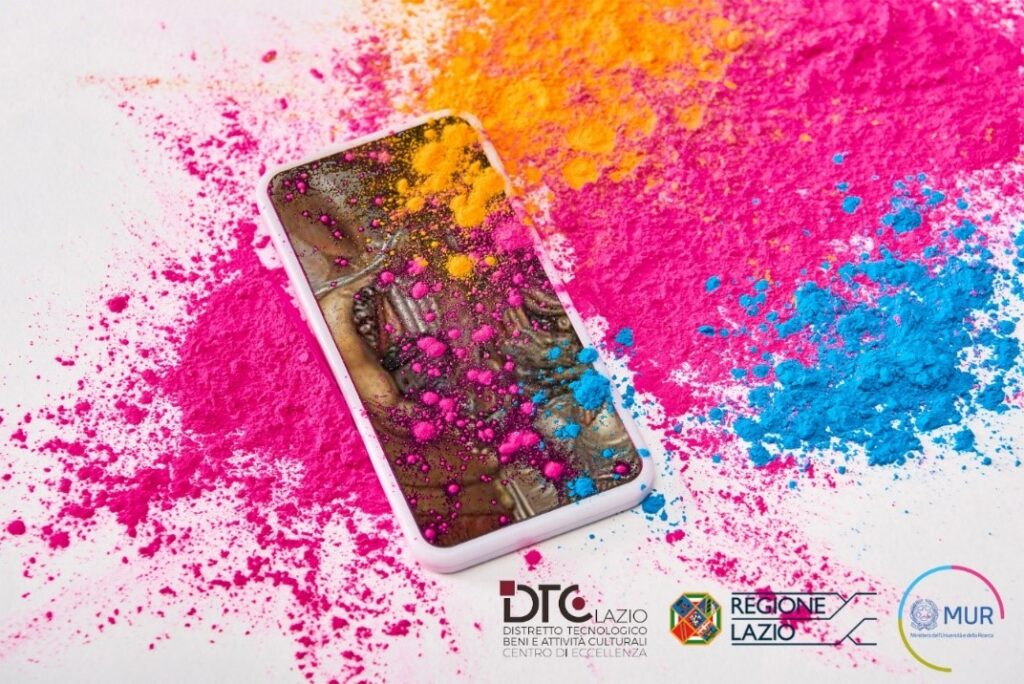Vianet and DTC
Vianet & DTC
Home / Vianet & DTC
Vianet is a member of the Lazio Centre of Excellence – the District of Cultural Technologies focused on protecting, conserving, valorising and promoting Cultural Heritage, (dtclazio.it)
DTC is probably the most extensive research and innovation centre for cultural heritage in Europe, as it consists of 700+ senior researchers from the five universities in Rome’s region (Lazio), the most significant three Research organizations in Italy (CNR, ENEA, and INFN) and a few private academics and companies.
We can access a comprehensive silo of knowledge and expertise to provide solutions to every need in the cultural sector.
Here are examples of the projects carried out together with DTC partners.
Artemisia, in collaboration with INFN ( https:artemisia.lnf.infn.it/ )
Artemisia uses AI to support diagnostic technologies for cultural heritage: it’s a prototype for assessing the state of conservation of pictorial works.

Reflectance spectroscopy in the IR range is a widely used technique for non-invasive analysis of paintings. Depending on the spectral range used, different materials can be identified: VIS-NIR is mainly used to identify inorganic pigments, which have absorption bands in the 400-1000 nm range [1-3]; organic materials (paints and binders) can be identified using FT-IR spectroscopy in the 7000 – 350 cm-1 range (1428 nm – 28 microns) [4, 5]. In this work we present the possibility of combining the two techniques in the same device, obtaining the so-called “broad spectrum reflectance spectroscopy”, with the aim of increasing the ability to identify at the same time all the constituent materials of the pictorial layer, which is generally composed of mixtures of inorganic and organic materials.
To enhance the capabilities of the technique, machine learning algorithms were applied to generate a virtual image of the painting from the fused dataset, to obtain a complete tool for both expert and non-expert users to extract information about the components of the painting and their conservation state.
A user-friendly graphic interface allows to obtain information on the work of art at different levels, deepening the knowledge of the various aspects related to diagnostics, conservation, restoration or even knowledge of the artist’s executive technique.
ROMA, in collaboration with Tor Vergata University (https://progettoromadtc.it)
Network for Museum Organizations based on Behavioural Analysis
The management and enhancement of the vast cultural heritage in the Lazio Region requires the transition to a model based on innovative technologies and adaptive processes to increase and improve the use of museum services and enhance visitors’ expectations
ROMA system allows the monitoring of a higher number of visitors than other monitoring systems
It also enhances usability, sustainability, and environmentally friendly museum governance.

